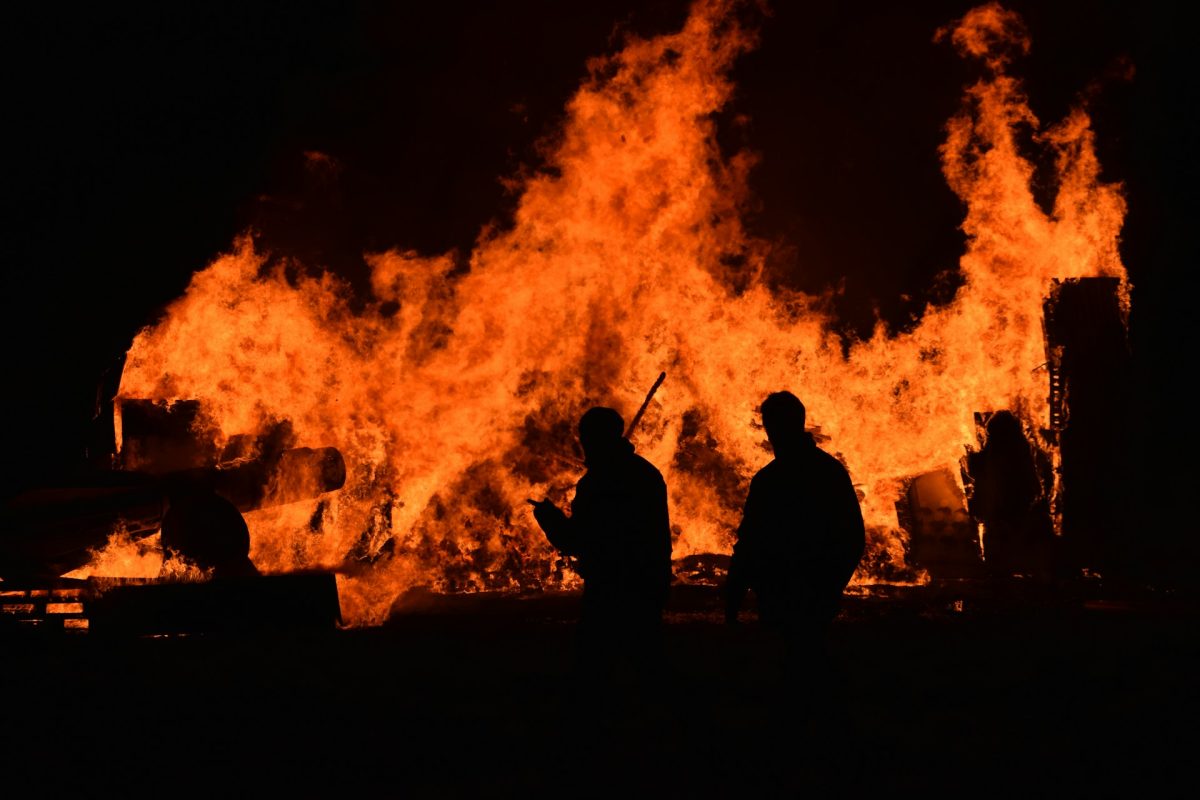Each year, on the fourth Thursday of November, Americans of all races, religions and ethnicities come together for a day of gratitude and celebration. Plates of mac and cheese, turkey and samosas are passed around tables in a symbolic representation of the supposed friendliness between Native Americans and the Pilgrims of Plymouth. To corroborate this story, school children are taught Native American history from a young age, dressing up as Puritan pilgrims and feathered Native Americans sharing a democratic feast. However, the story of friendly Indians welcoming Pilgrims to America is far from the truth.
These elaborate myths paint Indigenous people of the Americas as subservient individuals who conceded to colonialism to create a nation of Christianity, freedom and economic prowess. In reality, tensions between Native Americans and European newcomers were constant and bloody.
That being said, there is some truth in the story that created the holiday we now know as Thanksgiving. For example, a large gathering did take place between the Pilgrims and local Indigenous people, but many historians cannot fathom it being as fraternal as traditionally depicted. Additionally, the leader of the Wampanoag tribe did try to establish an alliance with English Pilgrims, but according to historian and author David Silverman, it was not all smiles. The group’s alliance was constantly strained by colonial land expansion, which stole the land right out from under the native population’s feet. Historians illustrate this through an analogy: envision traveling to England, the Pilgrim’s place of origin, purchasing a small piece of land, and declaring it as your own sovereign nation. Finally, territorial tensions, exploitation of the native’s resources and widespread disease culminated in fiery turmoil only to be solved by war. Starting with King Philip’s War decades later, Native Americans and white settlers have been in constant conflict with one another, even up into recent years.
While the aspects of Thanksgiving that embody gratitude and family should always be encouraged, it is also important to stop the perpetuation of falsehoods regarding Native American history. Ignoring the brutalities of colonialism and subsequent wars is harmful not only to Native tribes today, but to all Americans who are still ignorant of the tragedies that ensued in America’s past. In the future, use Thanksgiving not only as a day of hearty foods and family bonding, but also to reflect upon our country’s treatment of Native Americans in the past and make reparations.






























